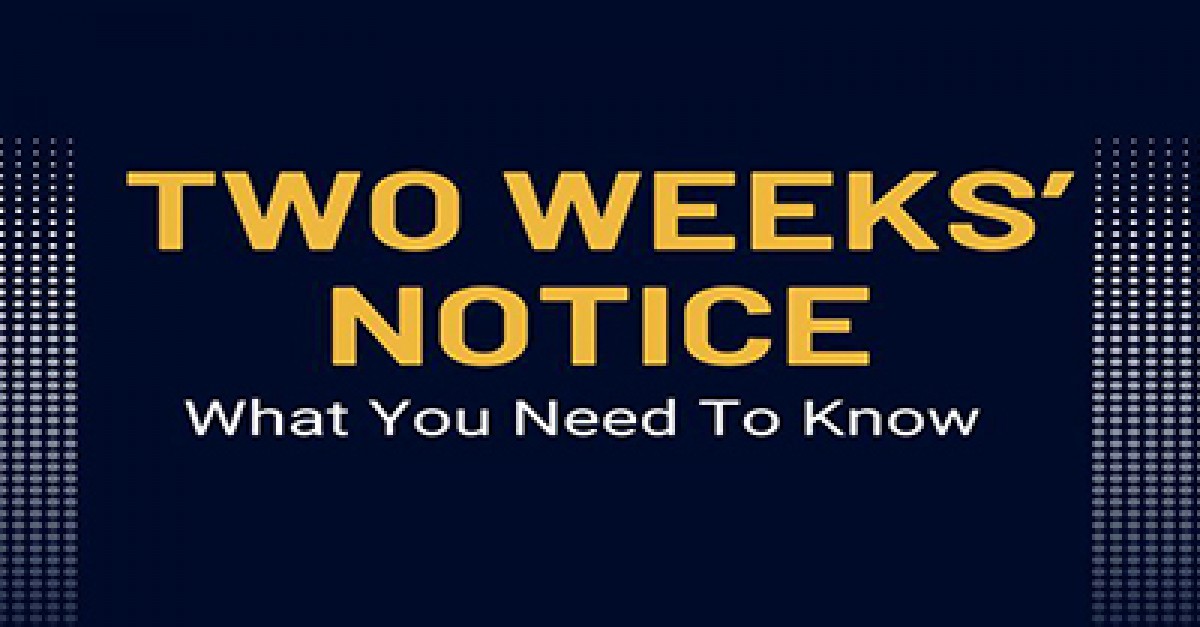In a bold move to restore trust and transparency in early childhood education, the New South Wales Government has mandated that all ECEC services must publicly display their compliance and quality history within two weeks. This urgent directive follows a series of high-profile failures in the sector that have shaken public confidence and prompted calls for systemic reform.
What’s Changing?
Under the new regulations, all ECEC providers in NSW are now legally required to display a short-form compliance and quality summary at their service entrance. This must include:
- Current and previous quality ratings
- Any serious breaches within the past two years
- Details of prosecutions where there was a guilty plea, finding, or conviction
The display must be clearly visible to families and visitors, ensuring that parents can make informed decisions about their child’s care environment.
Why Now?
The reforms come in response to a string of serious incidents across the sector, including cases of child harm, regulatory breaches, and failures in supervision and safety. NSW Education Minister Prue Car described the changes as “nation-leading,” emphasizing that families deserve full transparency when choosing a service.
“This is about restoring trust and ensuring that every child is safe, nurtured, and protected,” Car said. “Parents have a right to know if a service has breached the law.”
What This Means for Services
For early childhood providers, this shift is both a compliance challenge and a cultural turning point:
- Increased Accountability: Services must now reckon with their regulatory history being on public display. This may prompt internal reviews, quality improvements, and more proactive engagement with compliance obligations.
- Pressure on Smaller Providers: Services with limited administrative capacity may struggle to meet the two-week deadline, especially if they’ve had past compliance issues. Support and clear guidance from regulatory bodies will be critical.
- Opportunity for Sector Leadership: Services with strong compliance records can use this moment to showcase their commitment to quality and safety, reinforcing trust with families and staff.
Mobile Phone Ban and Other Reforms
The compliance display rule is part of a broader reform package that includes a ban on personal mobile phones in early learning environments. This aims to reduce distractions and enhance child safety, particularly in light of recent incidents involving inappropriate phone use by staff.
Other reforms include:
- Stronger enforcement powers for the NSW Department of Education
- Increased penalties for serious breaches
- Improved data sharing between regulators and law enforcement
While many welcome the reforms, sector leaders are calling for supportive implementation rather than punitive enforcement.
“Transparency is essential, but we must also ensure that services—especially those in rural or under-resourced areas—are supported to comply,” said an early childhood advocate. “This is a chance to build a culture of learning, not fear.”
Educators are also expressing concern about the emotional toll of public scrutiny. “We want to do the right thing, but we need tools, time, and trust,” one director shared.
How Services Can Prepare
To meet the new requirements, services should:
- Access their compliance history via the NSW Department of Education portal
- Use the official template for the short-form display (available on the department’s website)
- Train staff on how to explain the display to families
- Review internal policies to ensure alignment with current regulations
References:
Childcare Performance and Compliance Ratings To Be Displayed Under New Laws Announced For NSW Centres
Tough News Laws Require Transparency In Early Learning and Enforce a Ban on Personal Mobile Devices







 The following lists cultural and special events that are taking place from January to December 2026. This should help you plan and organise upcoming events
The following lists cultural and special events that are taking place from January to December 2026. This should help you plan and organise upcoming events